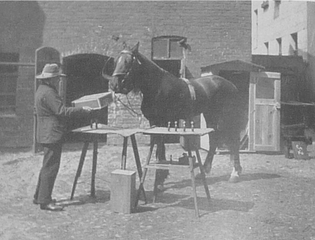
“If you live with a lame man, you will learn to limp.”
– Plutarch the Stoic
The Pygmalion effect, also known as the Rosenthal effect, is a concept developed by German-born American psychologist Robert Rosenthal and elementary school principal Lenore Jacobson. It’s a self-fulfilling prophecy where what you expect from others is what you get.
People rise or sink to your expectations of them. So powerful is the Pygmalion effect that it allowed a horse named Clever Hans to complete basic math operations by stomping his hoof.
The original Pygmalion was a legendary Greek sculptor who built a statue so beautiful that he fell in love with it. But what is the Pygmalion effect in real life?
Pygmalion Effect in Practice
Researchers Rosenthal and Jacobson discovered the Pygmalion effect through a psychological experiment on students and teachers. Teachers were told 20 percent of students were “intellectual bloomers.” Those students, somewhat unsurprisingly, showed statistically significant improvement over the control group.
“Pygmalion In Management” demonstrates how employees, like horses and students, will similarly rise or fall to the expectations placed on them. Standards must be realistic and attainable — there’s no point in asking the impossible.
Read more Pygmalion Effect at Spread Great Ideas: https://spreadgreatideas.org/glossary/pygmalion-effect/
#spreadgreatideas #pygmalioneffect #pygmalion #rosenthaleffect #rosenthal